Home>Storage & Organization>Kitchen Organizing Tools>How To Move A Litter Box To Another Room
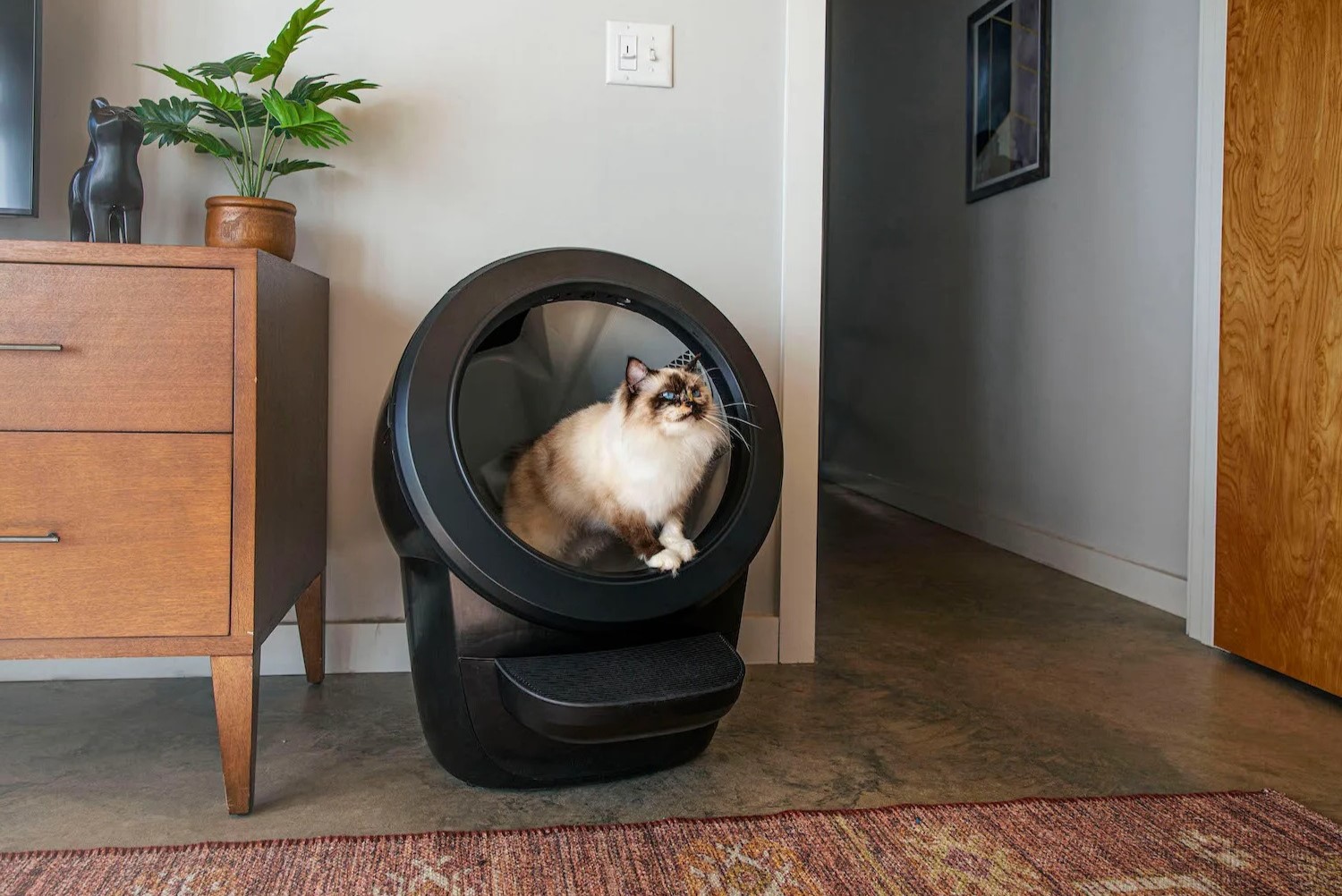

Kitchen Organizing Tools
How To Move A Litter Box To Another Room
Modified: March 2, 2024
Learn how to efficiently move a litter box to another room with the right kitchen organizing tools. Keep your space clean and organized with these helpful tips.
(Many of the links in this article redirect to a specific reviewed product. Your purchase of these products through affiliate links helps to generate commission for Storables.com, at no extra cost. Learn more)
Assessing the New Location
Before moving your cat's litter box to a new room, it's crucial to carefully assess the new location to ensure it's suitable for your feline friend's needs. Cats are creatures of habit, and any changes to their environment can impact their behavior. By taking the time to evaluate the new space, you can help minimize stress and ensure a smooth transition for your cat.
Here are some key factors to consider when assessing the new location for your cat's litter box:
-
Accessibility: Ensure that the new room is easily accessible to your cat. If the room is located far from your cat's usual living areas, it may be challenging for them to find and use the litter box. Additionally, if your cat is older or has mobility issues, it's essential to choose a location that is easily reachable for them.
-
Privacy: Cats value their privacy, especially when using the litter box. Choose a quiet and secluded area for the litter box to provide your cat with a sense of security and comfort. Avoid high-traffic areas or places with loud noises that could startle your cat while they are using the litter box.
-
Ventilation: Adequate ventilation is essential to prevent odors from accumulating in the new room. Choose a well-ventilated space to ensure proper air circulation, which can help maintain a fresh and odor-free environment for both you and your cat.
-
Space: Consider the size of the new room and ensure that there is enough space to accommodate the litter box comfortably. Cats appreciate having enough room to move around and dig in the litter, so choose a location that allows for ample space around the litter box.
-
Lighting: While cats have excellent night vision, they still prefer well-lit areas for their bathroom activities. Ensure that the new room has adequate lighting, especially if your cat tends to use the litter box during the night or in low-light conditions.
By carefully assessing the new location for your cat's litter box based on these factors, you can make an informed decision that prioritizes your cat's comfort and well-being. Taking the time to select the right space can help ease the transition and ensure that your cat continues to use the litter box without any issues.
Key Takeaways:
- Choose a quiet, easily accessible, well-ventilated, and well-lit location when moving your cat’s litter box to minimize stress and ensure a smooth transition for your feline friend.
- Clear the new location, add familiar scents, and introduce the litter box gradually to help your cat adjust comfortably to the new space and maintain their litter box habits without disruption.
Read more: How To Move A Litter Box
Preparing the New Location
Preparing the new location for your cat's litter box is a crucial step in ensuring a smooth transition and a comfortable environment for your feline companion. By taking the time to prepare the new space thoughtfully, you can help your cat adjust to the change and maintain their litter box habits without disruption.
Clearing the Area
Before relocating the litter box, it's essential to clear the chosen area in the new room. Remove any clutter, obstacles, or items that could potentially disturb your cat while they are using the litter box. Providing a clean and unobstructed space around the litter box can help your cat feel more at ease and reduce the likelihood of accidents or aversion to the new location.
Adding Familiar Scents
Cats rely heavily on their sense of smell to navigate and feel secure in their environment. To help your cat acclimate to the new location, consider adding familiar scents to the area. Placing a blanket or towel with your cat's scent near the litter box can provide a sense of familiarity and comfort, making the new space more inviting for your cat.
Introducing the Litter Box
When preparing the new location, ensure that the litter box is placed in a stable and secure position. Choose a spot where the litter box won't be easily knocked over or disturbed, as this can cause anxiety for your cat. Additionally, consider using the same type of litter and maintaining the same depth as in the previous location to maintain consistency for your cat.
Read more: How To Keep Litter In A Litter Box
Addressing Potential Stressors
Take note of any potential stressors in the new room that could affect your cat's litter box behavior. For example, loud appliances, unfamiliar sounds, or sudden movements can create anxiety for your cat. By identifying and addressing these stressors, such as minimizing noise or providing hiding spots, you can create a more calming environment for your cat to feel comfortable using the litter box.
Establishing a Transition Period
It's important to introduce the new location gradually to allow your cat to become familiar with the space. Consider keeping the old litter box in its original location while gradually introducing the new location to your cat. This gradual transition can help your cat adjust at their own pace and reduce the likelihood of litter box aversion.
By preparing the new location with careful consideration for your cat's comfort and well-being, you can set the stage for a successful transition. Taking the time to create a welcoming and stress-free environment in the new room can help your cat feel at ease and continue using the litter box without hesitation.
Moving the Litter Box
Relocating your cat's litter box to a new room requires careful planning and execution to ensure a seamless transition for your feline companion. By approaching the process with sensitivity to your cat's needs, you can minimize stress and encourage continued litter box usage in the new location.
Gradual Relocation
When moving the litter box to the new room, it's essential to implement a gradual relocation strategy. Abruptly shifting the litter box can disorient your cat and lead to reluctance or refusal to use the new location. To facilitate a smooth transition, start by placing the new litter box in the chosen room while keeping the original one in its existing location. This allows your cat to become familiar with the new space and associate it with their bathroom activities.
Read more: How Deep Should Litter Be In A Litter Box
Encouraging Exploration
Encouraging your cat to explore the new room can help them acclimate to the presence of the litter box. Spend time with your cat in the new room, engaging in play or offering treats to create positive associations. By making the new environment a source of comfort and enjoyment, you can help your cat feel at ease and more inclined to use the litter box in the new location.
Monitoring Behavior
As your cat begins to use the litter box in the new room, closely monitor their behavior and litter box habits. Pay attention to any signs of hesitation or reluctance, as these may indicate that your cat is struggling to adjust to the new location. Additionally, observe for any accidents or avoidance of the litter box, which could signal the need for further adjustments or reassessment of the new space.
Removing the Original Location
Once your cat has comfortably transitioned to using the litter box in the new room, you can proceed to remove the original location. Gradually phase out the old litter box by reducing its accessibility over time. This gradual approach allows your cat to fully embrace the new location without feeling rushed or overwhelmed by the change.
Maintaining Consistency
Throughout the relocation process, maintaining consistency in the litter box setup is crucial. Use the same type of litter and maintain a similar depth in the new location to provide familiarity for your cat. Consistency in the litter box environment can help reassure your cat and reinforce their litter box habits in the new room.
By approaching the relocation of the litter box with patience and attentiveness to your cat's needs, you can facilitate a successful transition to the new room. Creating a positive and reassuring environment in the new location can help your cat feel comfortable and confident in using the litter box, ensuring a harmonious adjustment to the change.
Read more: How To Send Message To Alexa In Another Room
Introducing the Cat to the New Location
Introducing your cat to the new location of their litter box is a pivotal step in ensuring a seamless transition and maintaining their litter box habits. Cats are known for their strong attachment to familiar environments, and any changes can significantly impact their behavior. Therefore, it's essential to approach the introduction to the new location with sensitivity and consideration for your cat's comfort.
As you prepare to introduce your cat to the new room, it's important to create a welcoming and inviting environment that encourages positive associations. Begin by placing the litter box in a quiet and secluded area of the room, away from high-traffic areas and loud noises. This provides your cat with a sense of privacy and security while using the litter box, which can help ease their transition to the new location.
To familiarize your cat with the new space, consider spending quality time with them in the room. Engage in interactive play sessions or offer treats and affection to create a positive association with the environment. By associating the new room with enjoyable experiences, you can help your cat feel more at ease and receptive to using the litter box in the new location.
Additionally, incorporating familiar scents in the new room can further aid in acclimating your cat to the space. Placing a blanket or towel with your cat's scent near the litter box can provide a comforting and reassuring presence, making the new location feel more familiar and inviting for your cat.
As your cat begins to explore the new room, observe their behavior and reactions to the presence of the litter box. Pay attention to any signs of hesitation or reluctance, as well as positive indications of acceptance and comfort. By closely monitoring your cat's response, you can gauge their level of comfort and adjust the introduction process accordingly.
It's important to approach the introduction to the new location gradually, allowing your cat to adapt at their own pace. Avoid rushing the process or forcing your cat to use the litter box in the new room. Instead, provide gentle encouragement and support as your cat familiarizes themselves with the space, ensuring that they feel secure and confident in their new bathroom environment.
By introducing your cat to the new location with patience, positive reinforcement, and attentiveness to their comfort, you can facilitate a smooth transition and encourage continued litter box usage in the new room. Creating a welcoming and reassuring environment for your cat is key to ensuring their well-being and maintaining their litter box habits in the new location.
Frequently Asked Questions about How To Move A Litter Box To Another Room
Was this page helpful?
At Storables.com, we guarantee accurate and reliable information. Our content, validated by Expert Board Contributors, is crafted following stringent Editorial Policies. We're committed to providing you with well-researched, expert-backed insights for all your informational needs.
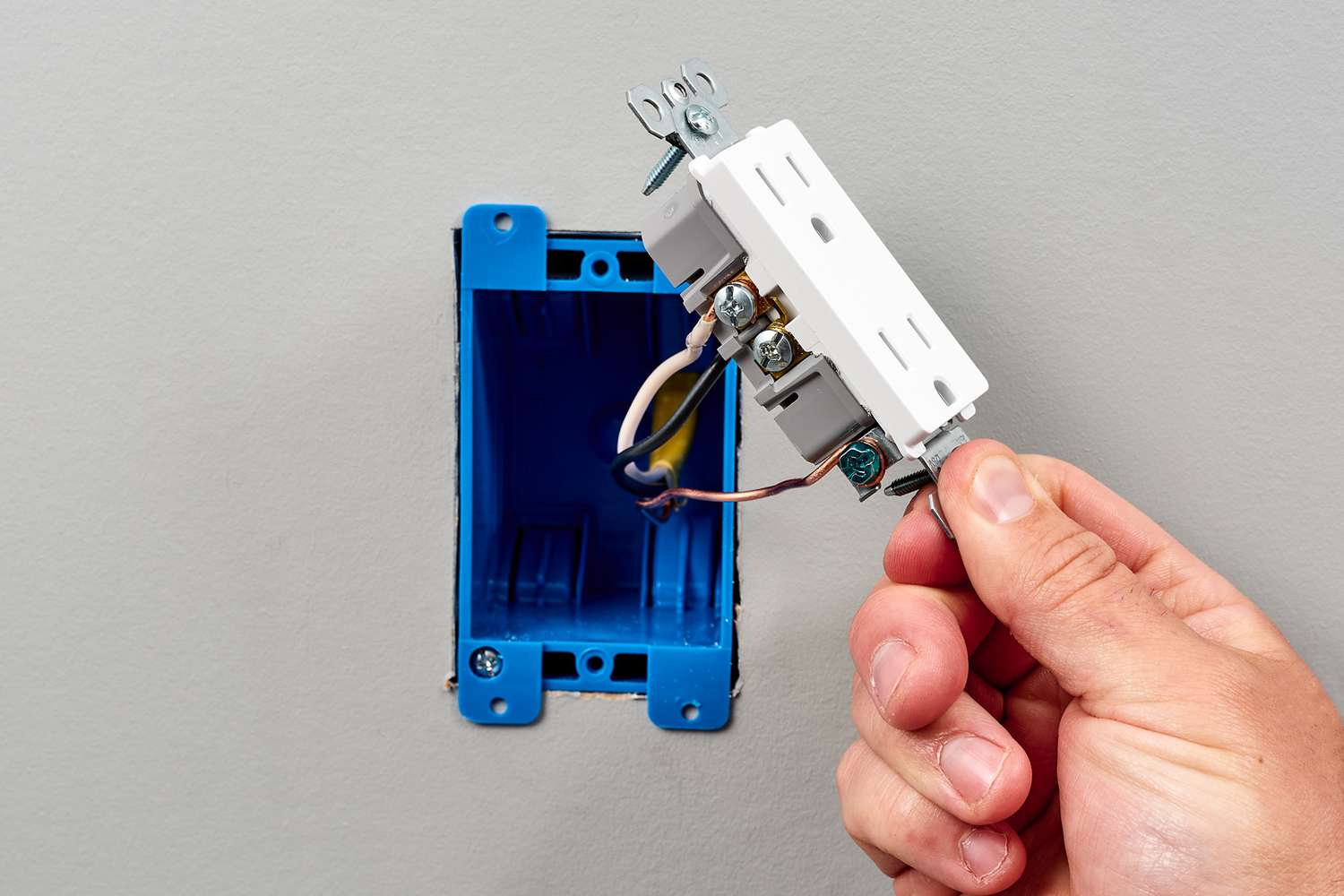
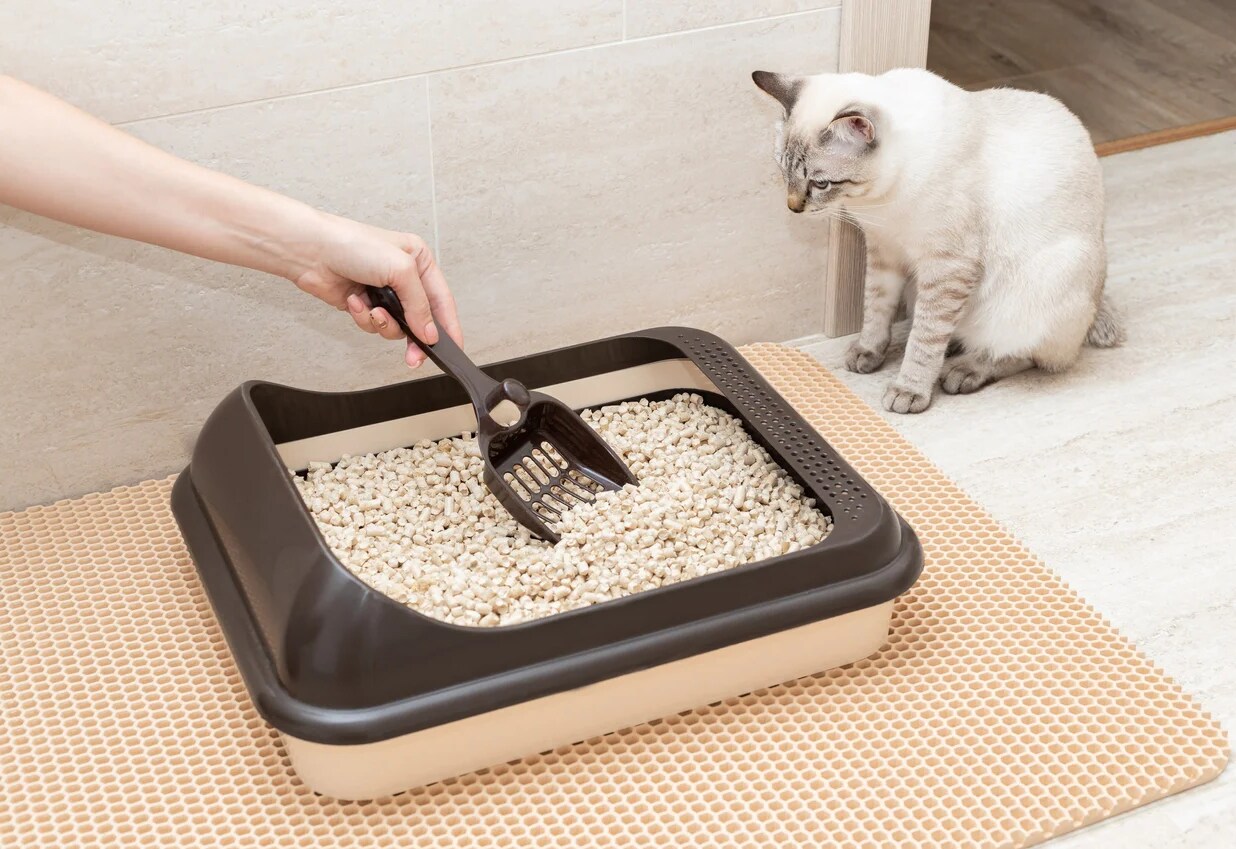

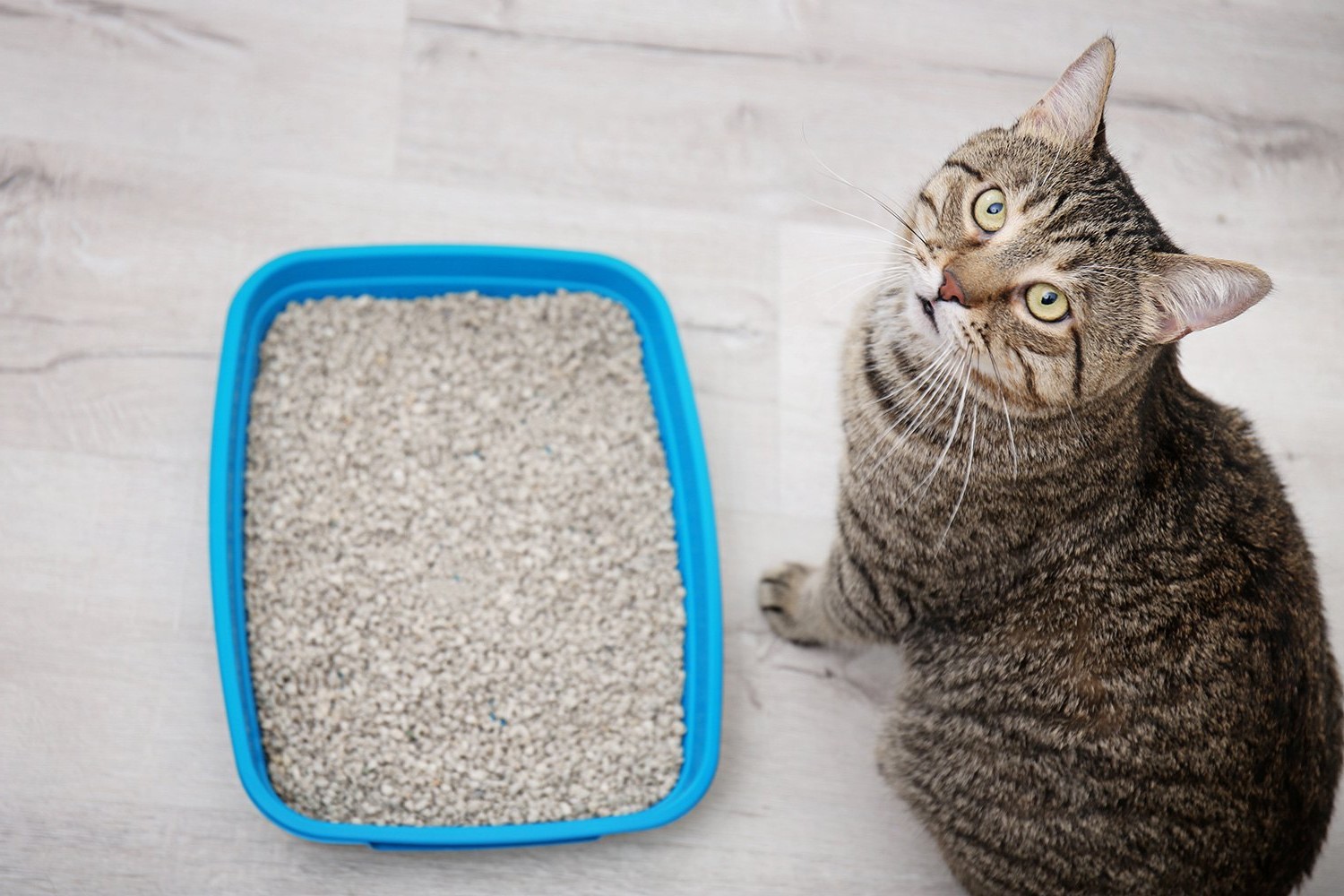
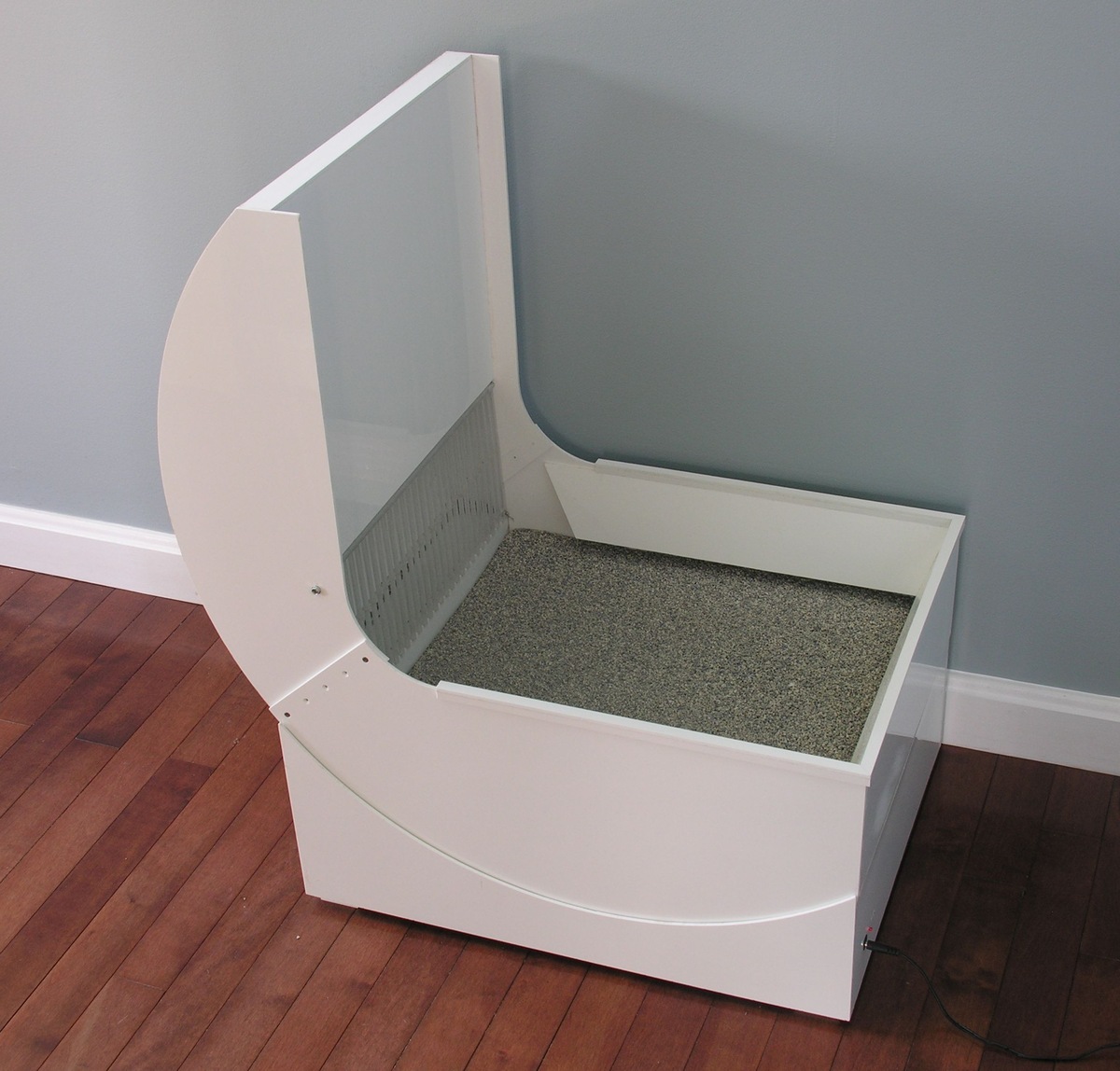

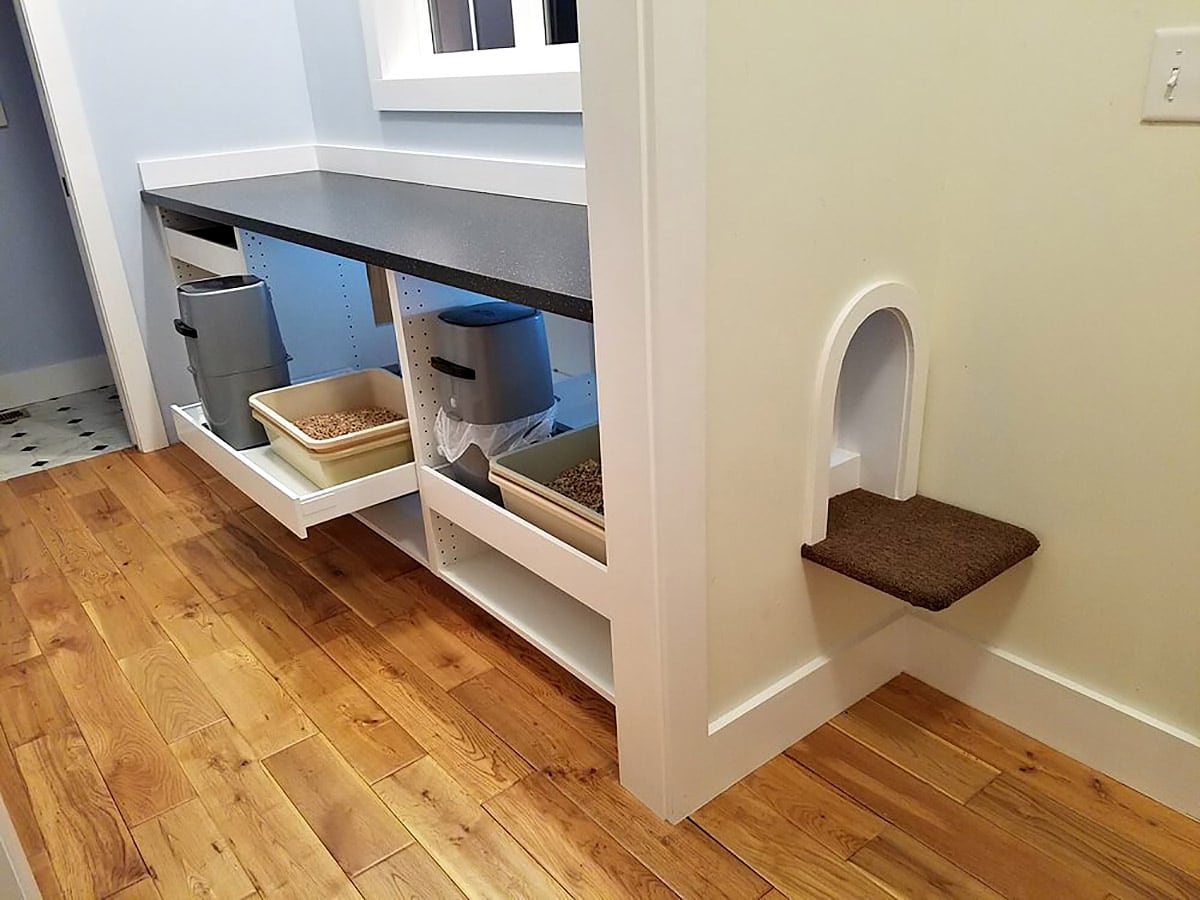
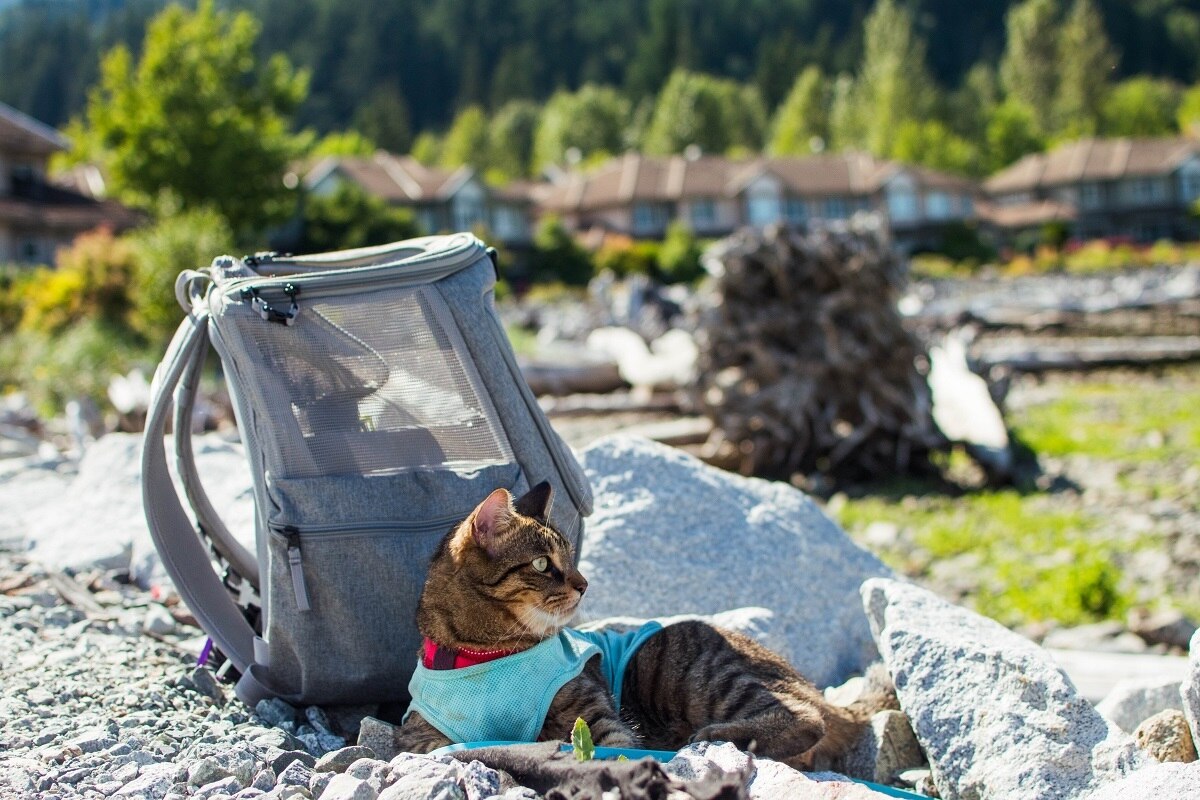
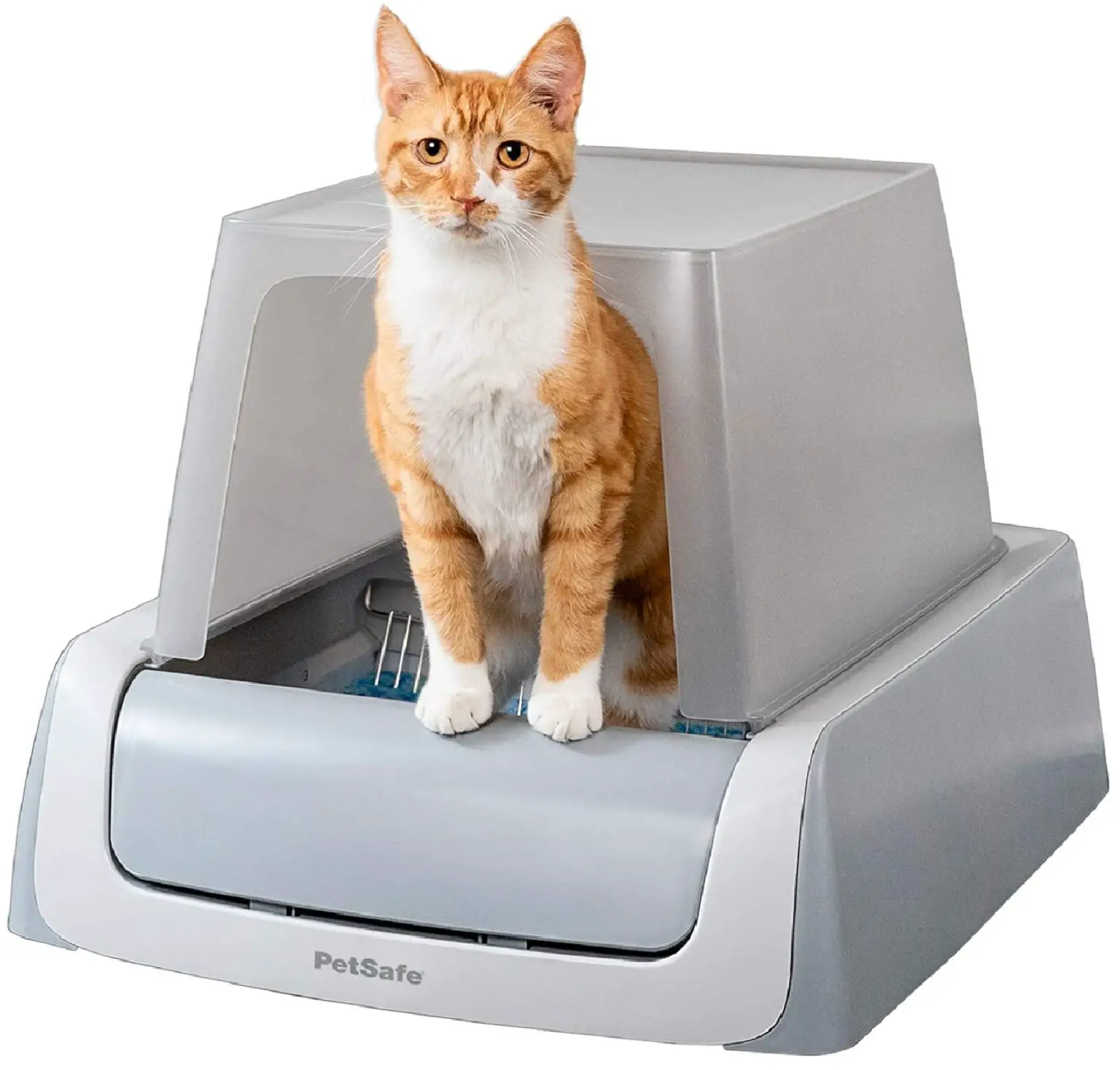

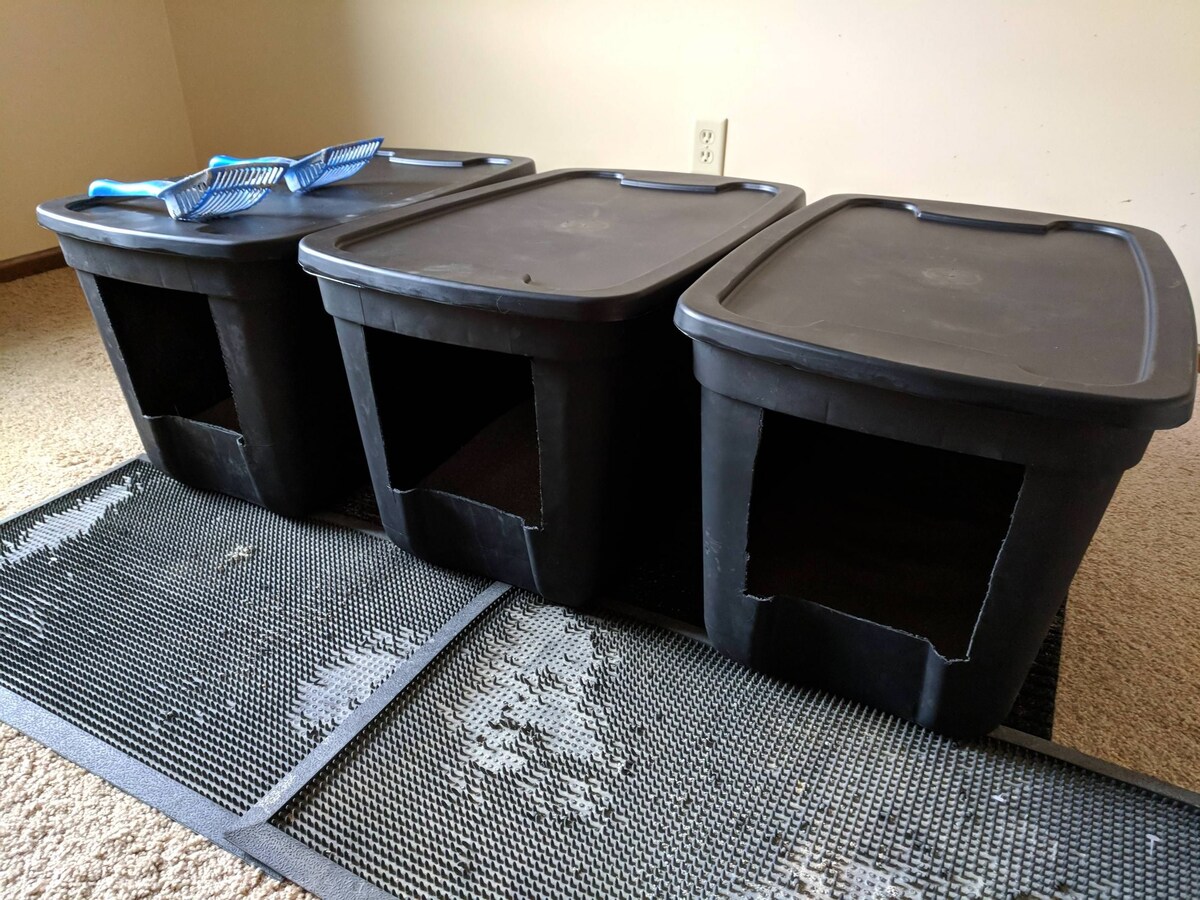
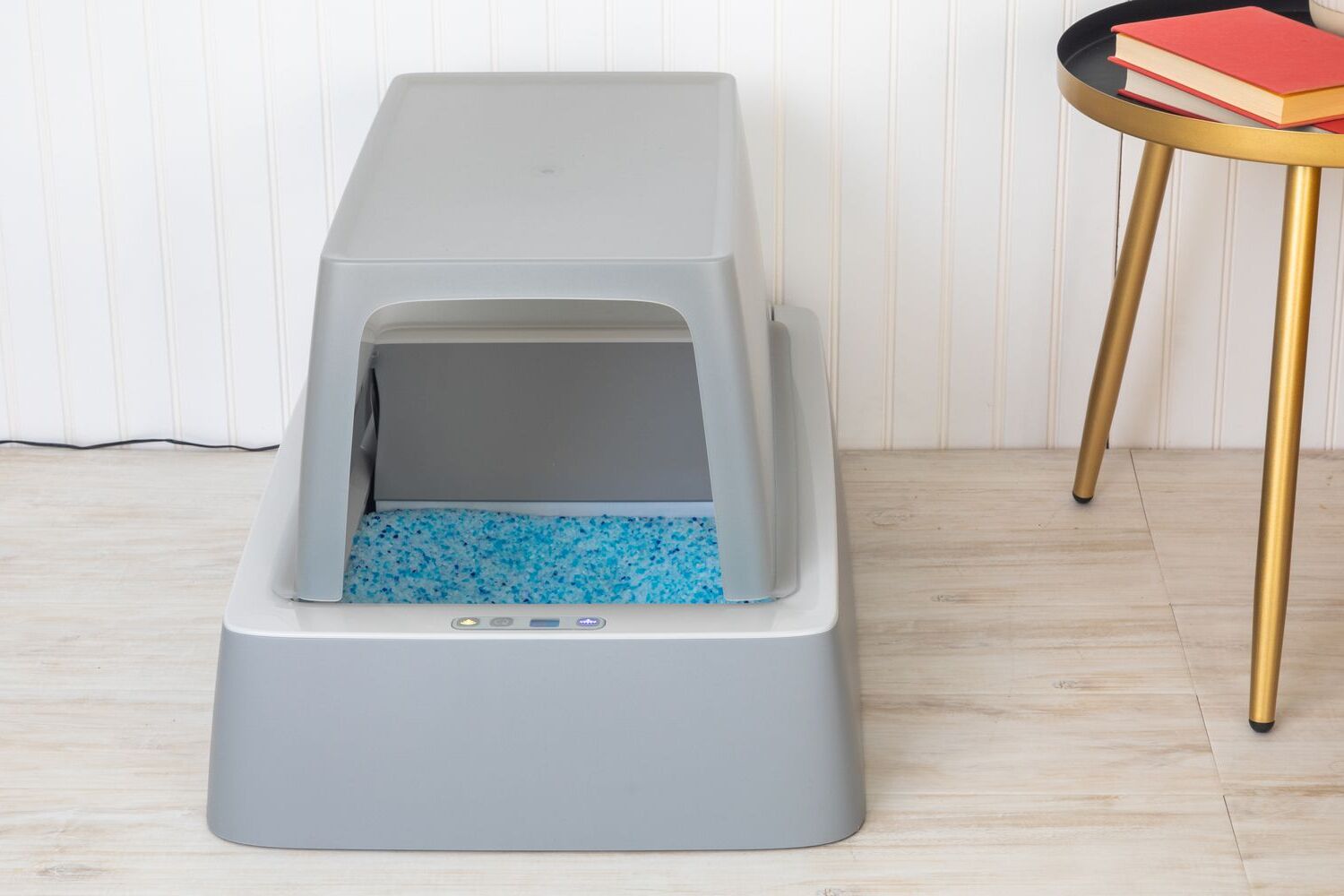

0 thoughts on “How To Move A Litter Box To Another Room”